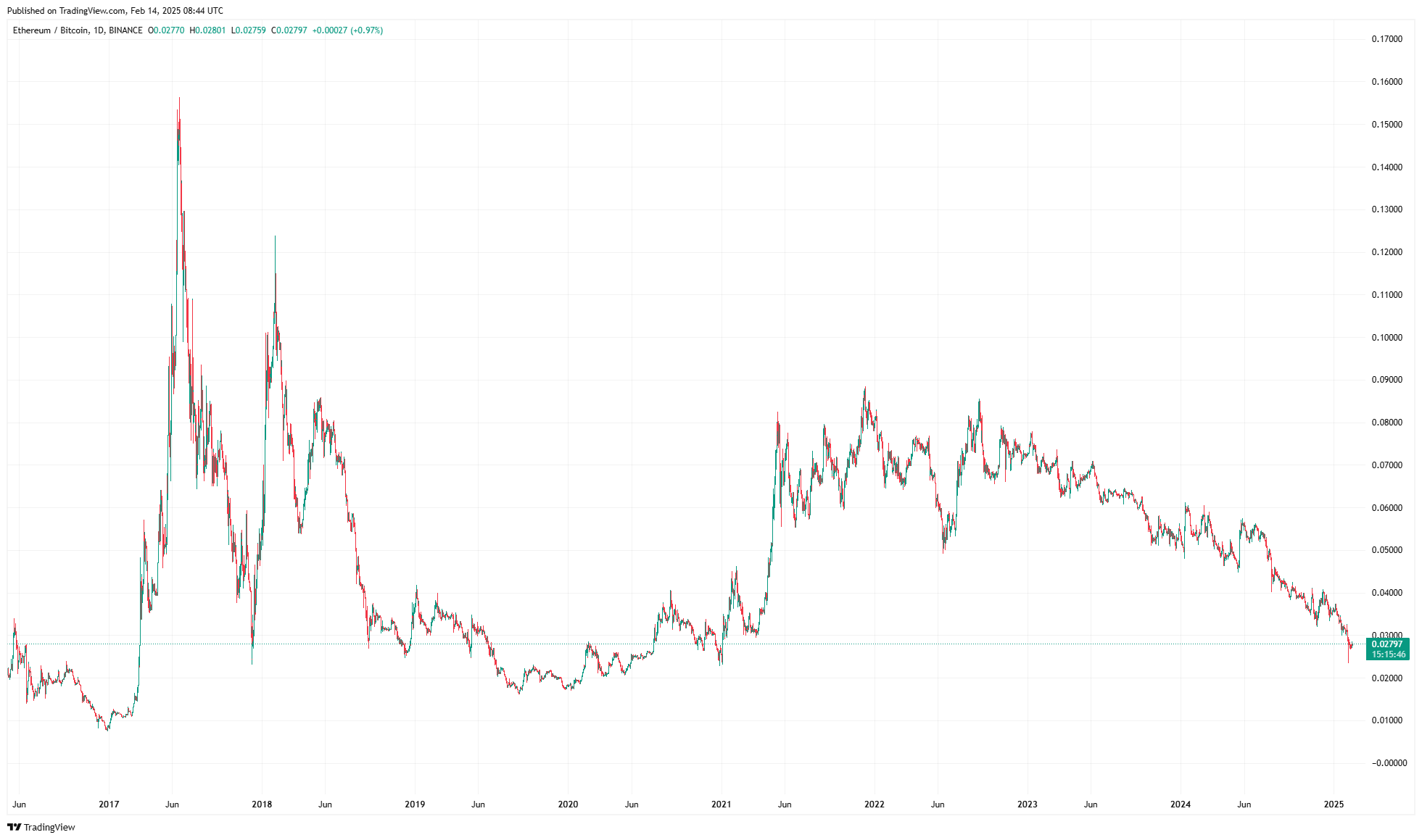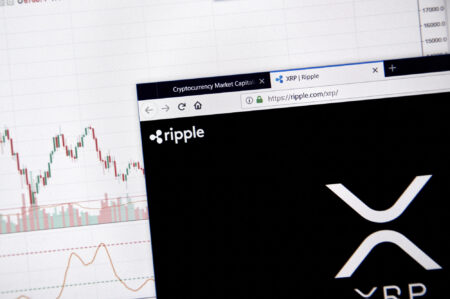Ethereum, the number 2 crypto asset by market cap, experienced a significant drop lately, registering a 14% decrease in the past month, leaving investors in doubts regarding its future performance. This analysis deep dives into the main factors impacting ETH’s trends and provides an outlook of future developments.
Exchange outflows for Ethereum have hit a 23-month high, signaling a potential shift in market dynamics. Ethereum has recently seen an unprecedented surge in short positions, with levels over 500% higher than last November, indicating a strong bearish sentiment among Wall Street hedge funds. This increase might be due to Ethereum's price vulnerability to regulatory news and a shift in investor interest towards other cryptos like Bitcoin or Solana.
Reasons for Ethereum’s price drop
The drop in Ethereum's trading volume can be attributed to a market correction following a significant price drop, coupled with a reduction in leveraged positions due to substantial outflows from derivatives exchanges. This scenario paints a picture of cautious investor behavior, potentially waiting for clearer market signals.
In comparison, Bitcoin has significantly outperformed Ethereum, with its price and market dominance increasing due to positive inflows into Bitcoin ETFs. Bitcoin’s market cap reached $1.9 trillion while Ethereum’s market cap is currently around $318 billion, so about six times larger. The disparity in ETF performance has further widened the gap, with Bitcoin establishing itself as a more secure investment option within the cryptocurrency market, leading to ETH trading at multi-year lows against BTC.

Exchange outflows: a signal for long-term accumulation?
The high exchange outflows of ETH suggests a bullish accumulation phase where investors are moving ETH to personal wallets for long-term holding, indicating confidence in its future value. This trend could lead to reduced selling pressure and price stabilization or increases if demand holds or grows. However, this optimism is tempered by macroeconomic uncertainties and the nuanced impact of Ethereum ETFs, suggesting a complex market sentiment.
Looking ahead, Ethereum’s price could fluctuate between $2,500 and $3,350, influenced by current market sentiment, technical factors, and upcoming network developments. The anticipated PECTRA upgrade in 2025, aimed at enhancing scalability and performance, could positively impact Ethereum’s value. Demand for ETH is also driven by its utility in decentralized finance (DeFi) and the non-fungible token (NFT) market. The potential approval of spot Ethereum ETFs is expected to attract more institutional investment, though the impact may not be as immediate as seen with Bitcoin.
While this range reflects a generally bullish outlook, the market’s inherent volatility leaves room for both strong gains and sharp corrections. This asset remains subject to broader market trends and macroeconomic factors, which will continue to shape its performance in the near term.








